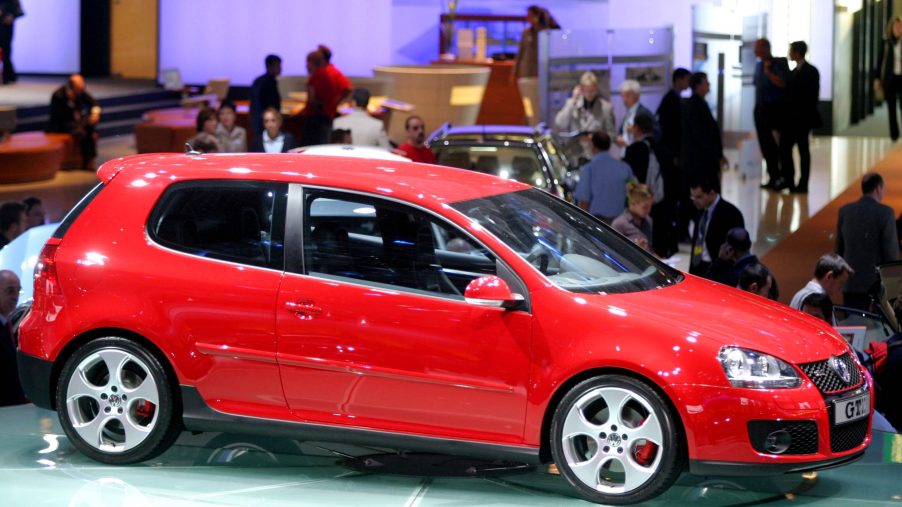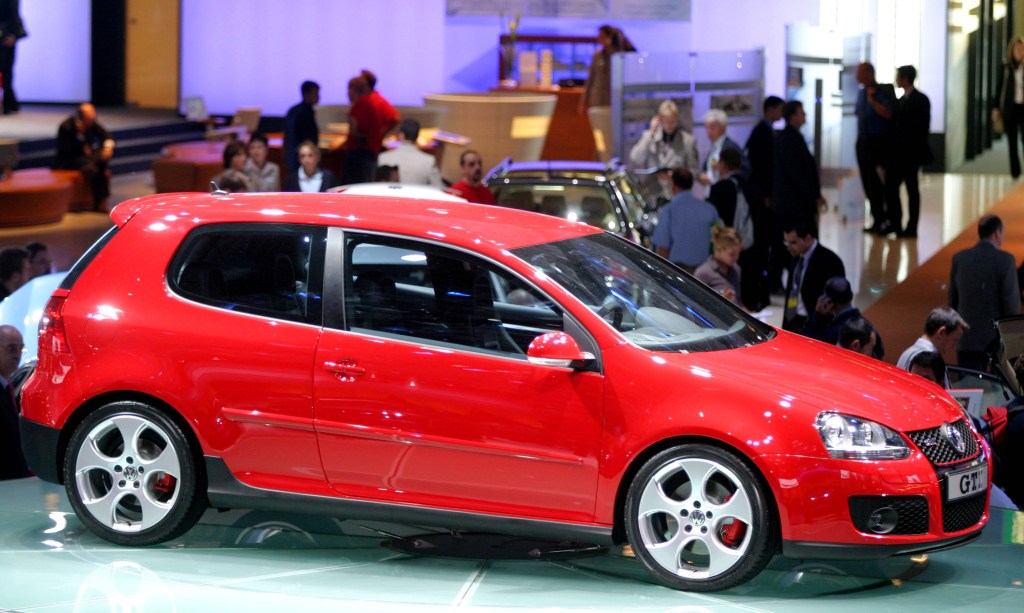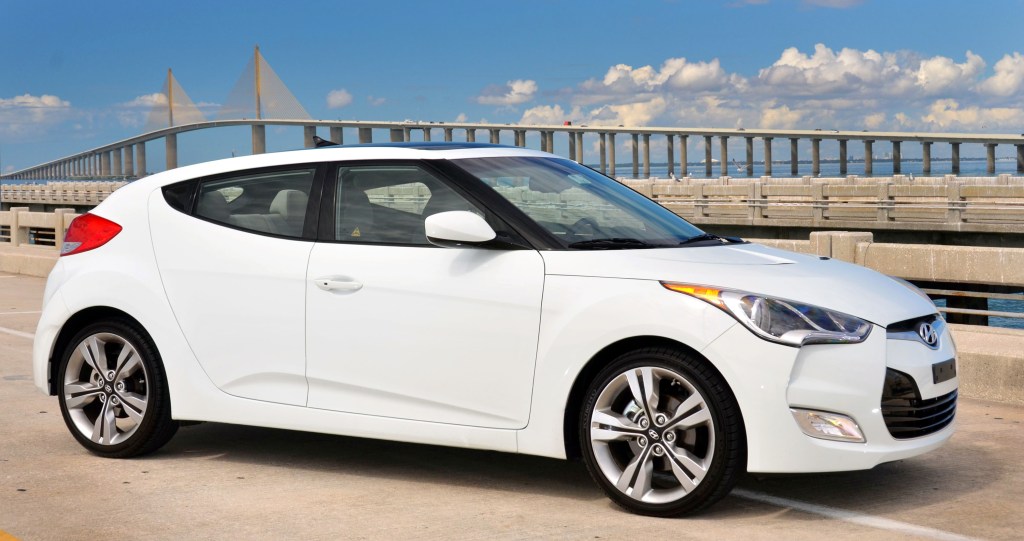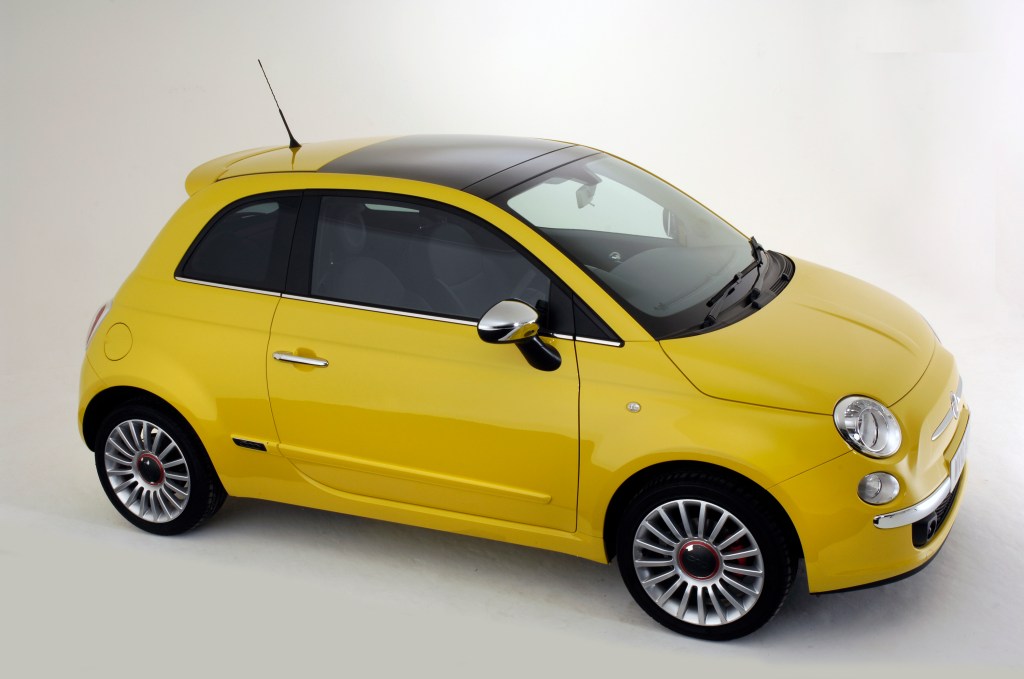
Are Three-door Hatchbacks Being Phased Out?
Global three-door hatchback sales are at an all-time low. Sales of this body style have been dwindling for decades. Much like manual transmissions, manufacturers have been backing away from hatchback production. Sales will ultimately decide the fate of this often-overlooked class.

Why the European market matters for hatchbacks
It’s no secret that each market has best selling body styles. In China, Sedans dominate car sales. Crossovers are the most popular in the United States. In Europe, SUVs are the most popular vehicle class on the market.
Traditionally, three-door hatchbacks have sold best on the European market. Relying on one global region is a big vulnerability. There have always been hatchback enthusiasts in every market, but these niche sales aren’t enough to support an entire product line.
SUVs have become more popular in Europe. According to JATO Automotive Dynamics, SUV registrations in Europe are at an all-time high, representing 44% of the market. The trend proves that European drivers are willing to buy more expensive vehicles with higher emissions.
An increase in size meant a decrease in popularity

Traditionally, European drivers have favored smaller cars. Historical roadways are narrow and difficult to navigate in a larger vehicle. These markets have favored vehicles with the most available fuel economy, meaning bigger was not better.
Hatchbacks have been getting wider and heavier, making them harder to drive on tighter roads. The average width and weight of passenger vehicles have increased drastically over the last two decades. This is to comply with ever-stricter safety regulations. Cars are bigger to keep people safer.
Increased passenger comfort is also at play. Compact cars have frequently been criticized for feeling claustrophobic. Adding more breathing room makes them more appealing to buyers looking for comfort. Hatchback drivers have preferred agility and handling over cargo space for years.
If size and maneuverability have kept European buyers from hatchbacks, why have larger SUVs become more popular? The answer is likely complex. SUVs are known for comfort and luxury. Hatchbacks have traditionally been more austere. A Renaissance of feature-rich hatchbacks could turn the tide.
Hope on the horizon

RELATED: Best Used Hatchbacks Under $10,000
It’s not over for the hatchback. It holds a special place in the hearts of enthusiasts across the world. European sales could increase. Automotive trends are constantly in flux.
Automakers are sure to begin producing smaller cars. As crash safety technology improves, designs will be further streamlined. Increasing safety without adding considerable size is an inevitability. Global regulations on emissions are getting stricter every year. Cars will have to become smaller to comply.
Several major automakers have pledged to phase out the production of gasoline-powered cars. Wider vehicles are less aerodynamic, and energy efficiency is the EV maker’s enemy. European officials have taken notice of the traffic issues wider cars are causing. The demand for smaller cars is coming.
If hatchback designs get smaller, European buyers could be coaxed back from more expensive SUVs. Interior features and comforts could level the playing field further. The three-door hatchback has a shaky future, but it could still make a comeback.


